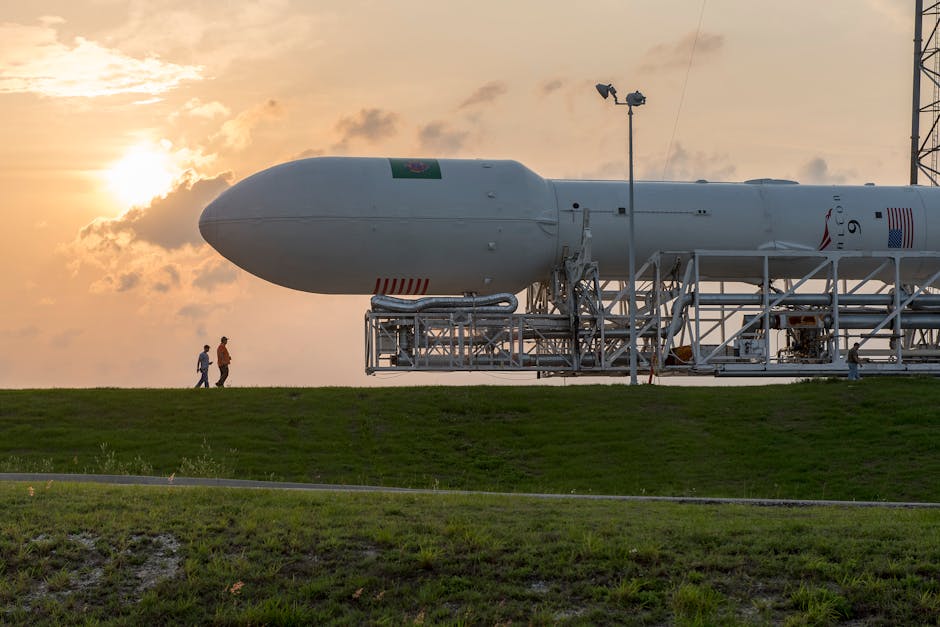NASA Seeks Second Lunar Lander to De-Risk Artemis Program
In a strategic move sending ripples through the global space community, NASA is officially de-risking its return to the Moon. Interim Administrator Sean Duffy announced today that the agency will open a second contract for a lunar landing system, a direct response to growing concerns over SpaceX’s ability to meet the ambitious timelines for the Artemis program.
The decision marks a significant pivot from NASA‘s previous strategy. The agency had controversially awarded the exclusive $2.9 billion Human Landing System (HLS) contract to Elon Musk’s SpaceX in April 2021. That decision, which favored SpaceX’s colossal Starship rocket over a “National Team” bid led by Jeff Bezos’ Blue Origin, was seen as a bold, all-in gamble. Today’s announcement signals a shift towards ensuring redundancy.
“The Artemis program is a national priority and a mission for all humanity,” Duffy stated in a press briefing from Washington. “To ensure we have a robust, resilient, and reliable path back to the lunar surface, we are fostering a competitive commercial marketplace. This means bringing a second, independent landing provider into the fold to guarantee our astronauts have a ride to the Moon, on schedule.”
Why is NASA Hedging its Bets on SpaceX‘s Starship?
While Duffy was careful not to single out SpaceX for failure, the context is clear. The entire Artemis architecture hinges on the success of Starship, a fully reusable super-heavy launch vehicle that has yet to achieve orbit. Its recent high-altitude test flights, while spectacular, have also frequently ended in what the company calls “rapid unscheduled disassemblies”—or explosions.
Each delay in the Starship test program, compounded by regulatory hurdles with the Federal Aviation Administration (FAA), pushes the timeline for the Artemis III mission further back. The goal of landing the first woman and first person of color on the Moon by 2025 has been looking increasingly precarious. Today’s announcement is NASA‘s public admission that a backup plan is necessary to maintain momentum.
A Second Chance for Blue Origin and Other Competitors
This development is a potential lifeline for the spurned competitors. The Blue Origin-led team, which includes industry titans like Lockheed Martin and Northrop Grumman, will almost certainly compete for the new contract. Their initial protest over the single-source award to SpaceX was vociferous, and they will see this as a vindication of their argument that redundancy is crucial for a program of this magnitude. Another contender from the original bid, Dynetics, could also re-enter the competition.
Global Implications: The New Space Race Heats Up
For nations like India, China, and others watching this unfold, the message is clear: America is serious about returning to the Moon, even if it means altering its flight plan. For a nation like India, which recently celebrated the success of its Chandrayaan missions, this renewed American focus underscores the growing importance of the lunar domain. The new space race is not just between nations, but also between behemoth private companies vying for a foothold on the Moon.
SpaceX is by no means out of the picture. The company continues to receive HLS funding and will proceed with Starship development. However, it will no longer be the sole proprietor of NASA‘s lunar landing ambitions. The pressure is now on not just to fly, but to fly on a schedule dictated by NASA, not by its own “move fast and break things” ethos.
Ultimately, competition breeds innovation and resilience. By opening the door for a second lander, NASA is not just creating a backup plan; it’s igniting a new fire in the commercial space race to the Moon.




